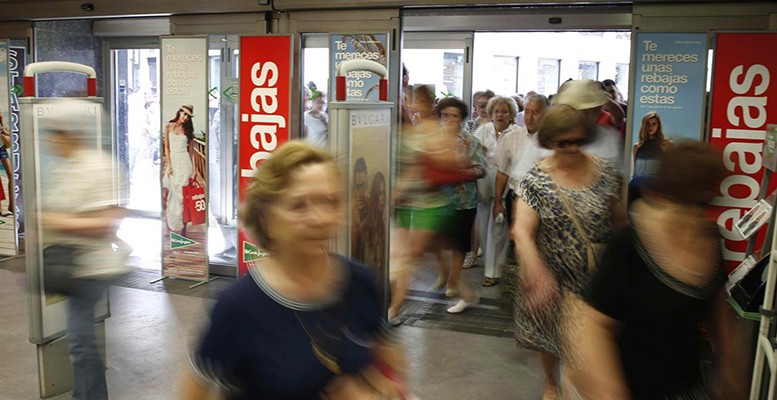El Corte Inglés’ business model is quite unique and a symbol of Spain. Its majority shareholders are the descendants of Ramón Areces, who founded the company in the 1930s and built it up to be one of the largest retailers in Europe.
But in order to adapt to new and different times, the company had to to restructure €5bn of debt in 2013 – it sold 51% of its consumer finance business to Santander – and it appointed a new chairman (Dimas Álvarez, nephew of the firm’s chairman for the past 25 years, Isidoro Álvarez).
Now the door has been opened to a new shareholder, heralding a new era which could certainly lead to an eventual stock market listing. Former Qatar Prime Minister, Sheikh Hamad Bin Jassim Bin Jaber Al Thani, will put €1bn on the table, giving the group some cash to invest and reduce debt. The operation will also provide El Corte Inglés with some kind of stock market price reference. This is an issue which has caused a lot of headaches – and sometimes legal battles – every time a shareholder wanted or had to leave.
A €10 billion reference value is far higher than the one established in 2007 by a judge for the sale of 2.8% of the company in the hands of one of the family groups who wanted liquidity. At that time, the judge set a price of nearly €100 million euros for the package of shares, one-third of the price the Qatari investor has paid out.
Founded in the early 1930s by Asturian merchants, who came from Cuba where they learned the business, El Corte Inglés became through its own merit a national icon, as well as a symbol of independence, good management and respect for the customer.
Although Ramón Areces always appeared as the mentor, creator and founder, his uncle César Rodríguez and his nephew Isidoro Álvarez both played a crucial role from the mid-1970s, building up the department store’s character and reputation.
El Corte Inglés is an odd kind of brand. It’s not comparable with any other, but at the same time does compete with large specialized stores, both local and multinational giants like Mercadona, Inditex, Carrefour. All of these leaders in their respective businesses. El Corte Inglés operates in its own way with both small and large stores, and in a variety of highly competitive sectors like insurance, IT and travel and tourism.
An unconventional giant
The group’s ownership contributes to the mystery. It always had several core shareholders, a mix of those Asturian families returned from Cuba and company executives rewarded with stock which they committed to selling on their retirement. A double-sided coin: a family firm and a unique cooperative business.
Mr Areces completed the process by setting up the Foundation which bears his name. He donated his company stock (today 35%) to stabilize the ownership and management of the company.
And so it was until the shareholder structure began to change and borrowing increased as a result of the economic crisis and the group’s expansion. The original business model then became less efficient and had to change to the more conventional one we are beginning to see emerge.






Be the first to comment on "Qatari investor bet on El Corte Inglés provides stock market price reference"